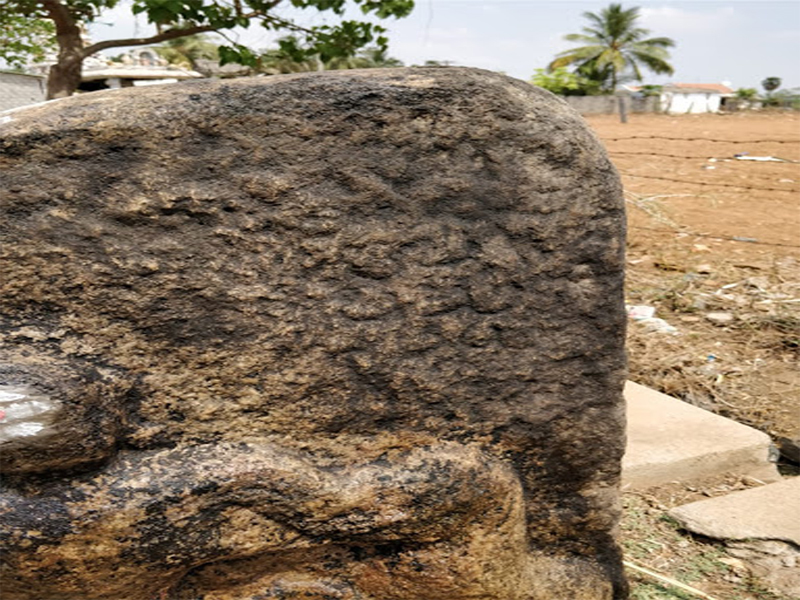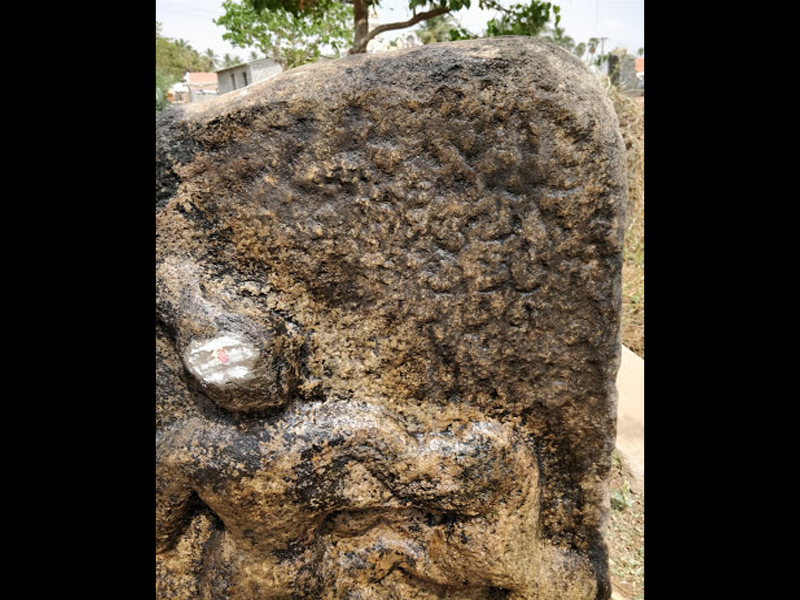Vattezhuththu script
This is a collection of articles archived for the excellence of their content. |
Contents |
The script
A
Vattezhuthu
Of the available Malayalam scripts, Vattezhuthu is the most ancient script. Devoid of consonants, this script is transformed from Brahmi Script, the most ancient script of India. A. R. Raja Raja Varma, in his famous work ‘Kerala Paanineeyam’, mentions that “Vattezhuthu” was the script used in Malayalam till the time of Thunchath Ezhuthachan. He details that the Vattezhuthu script was suitable to write Tamil but did not have consonants needed to transcribe Sanskrit words. During the ancient times, the official language as well as the trade language in Kerala was Tamil and hence the Vattezhuthu script was widely used.
The Vattezhuthu script system was also known as ‘Naanam Monam’. The name came from the eight syllable manthra ‘Om Namo Narayana’ which was used to start the royal charters.
The Vattezhuthu script was widely used from 8th century AD to 15th century AD. According to the linguist L. A. Ravi Varma, the original name of this script was ‘Vettezhuthu’ from the Malayalam word “Vettu” meaning cut as the letters were written by cutting into rocks or copper sheets using tools like the chisel.
The ancient script ‘Kolezhuthu’ was also used to write the Malayalam language. The inability of Vattezhuthu to write Sanskrit has paved the way for the introduction of a new script for the language, Grandha Script. The modern alphabets of Malayalam evolved from the Grandha script.
Naanam Monam
Naanam Monam is another name of the ancient Malayalam script ‘Vattezhuthu’. The ancient documents which started with Sanskrit encomiums praise like Swasthi, Sri etc. were substituted with ‘Namo Narayana’. These encomiums were wrongly pronounced colloquially as ‘Naanam Monam’ and eventually the script itself came to called Naanam Monam.
B

From: DEPT. OF ARCHAEOLOGY

From: DEPT. OF ARCHAEOLOGY

From: DEPT. OF ARCHAEOLOGY

From: DEPT. OF ARCHAEOLOGY

From: DEPT. OF ARCHAEOLOGY

From: DEPT. OF ARCHAEOLOGY

From: DEPT. OF ARCHAEOLOGY
Vattezhuthu Script
As this script was written with more cursive lines, it was known as Vattezhuthu and Vattam. These names are found even in epigraphs of 13th century CE at Courtallam. It is also known as Tekkan Malayalam and Nanamona. Earlier inscriptions in this script were mostly noticed in southern districts, and occasionally in other areas. So far, it is not noticed in Thanjavur and adjoining regions of Kaveri river delta known earlier as Chola mandalam.
Due to special courses and workshops on Tamil Epigraphy conducted by the State Department of Archaeology to students, teachers and others interested in epigraphy, in recent decades many important inscriptions in this script are noticed. They are Pulankurichi inscription in Sivaganga district, many memorial stone inscriptions in northern districts of Tamil Nadu and several in Villupuram and adjoining districts. These new discoveries now help palaeographists to form a complete picture of this scripts’ evolution.
Inscriptions
At Pongupalayam

From: M T Saju, Chennai: 9th Century relic with Vattezhuththu script found, June 30, 2018: The Times of India

From: M T Saju, Chennai: 9th Century relic with Vattezhuththu script found, June 30, 2018: The Times of India
A team of amateurs from the Virarajendran Archaeological and Historical Research Centre has discovered a 9th century hero stone with Vattezhuththu (a writing system that originated from the ancient Tamil-speaking people of south India) inscriptions in Pongupalayam, 12 km from Tirupur.
Even though hero stones are discovered quite often in different parts of the state,a stone with Vattezhuththu inscriptions is considered rare. Senior epigraphist Y Subbarayalu, who deciphered the six-line inscription on the stone, said, "The first two lines have been damaged due to natural processes, but the last four lines tell us the hero's name is "Devaru" and he martyred himself while protecting cattle from a tiger."
Protecting cattle was considered a noble act in ancient times, say experts. "One's wealth was closely associated with the cattle he possessed. When someone died while fighting with a wild animal to protect the cattle, he would be treated as a hero and a martyr. Hero stones were erected in their honour and people worshipped them. This is one among them," said S Ravikumar, who led the team of arcaheologists that included S Sadhasivam, R Kumar, K Ponnusamy and S Velusamy.
The inscriptions in Vattezhuththu were found on the left side of the 120-cm tall hero stone. "The hero's head is slightly turned towards his right. With a spear in his right hand, he attacks the tiger. The stylistic pattern of the script shows it is more than 1,200 years old," said Subbarayalu, head, department of Indology, French Institute of Pondicherry.
"It was during our usual tour to document the abandoned sculptures and hero stones in and around Tiruppur that we found this ancient piece of art," said Ravikumar.